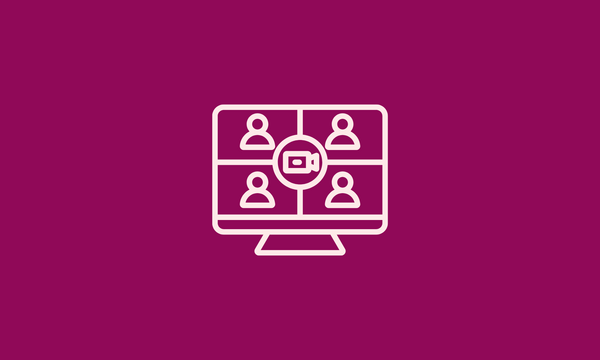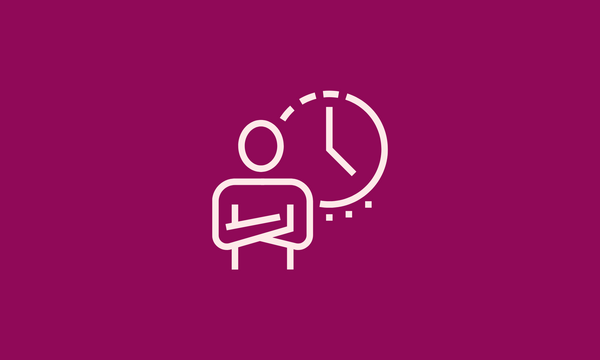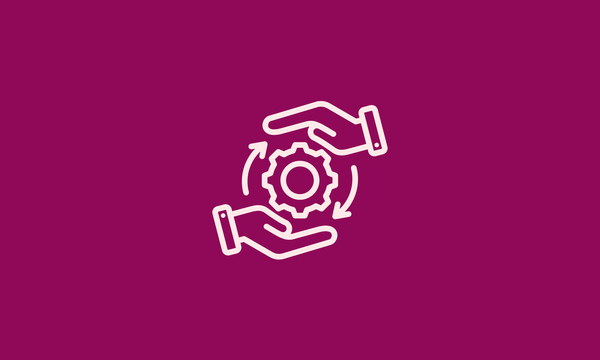Driving Product Impact through Diverse Participant Recruitment

Nicole Edwards
June 8, 2020
The team at Connected share lessons from their usability test with Code for Canada.

In this guest post, the team at Connected share how Code for Canada helped them design a more inclusive research and testing experience.
Inclusive design means that, even if there is a target market in mind, products should be designed for, and accessible by, everyone. Designing for as large of an audience as ‘everyone’ is a challenge that requires creative solutioning within ever-changing constraints that may only be uncovered through research. Engaging and empathizing with a diverse group of research participants is the first step to understanding how inclusive your product is.
Why Diversity in Financial Services Matters
On a recent engagement to evolve a personal banking digital product, we knew that a diversity of perspectives was going to be key to the product’s success. Money is a sensitive topic riddled with stigma and unspoken beliefs, and financial behaviours are deeply personal. Financial psychologist Dr. Bradley Klontz coined the term ‘money scripts’ to explain how individuals have core beliefs about money that drive financial behaviours; “money scripts are typically unconscious, developed in childhood, passed down from generation to generation within families and cultures, contextually bound, and often only partial truths.” Therefore, in order to evaluate how people with different money scripts wanted to engage with our product, we needed to collect feedback from participants across a diversity of ages, cultural backgrounds, gender identities, education and income levels.
“I would go as far as saying that Code for Canada pushed us to be more inclusive and accommodating while partnering with them on this engagement. The benefits of working with Code for Canada to ensure diversity in our research extend beyond fulfilling our values, into actionable insights that drive product impact.”
It was important for us to partner with a recruitment agency who shares our values and was willing to work with us to strategically recruit the appropriate sample of participants. We selected one of our recent go-to partners. This inclusive user research service from Code for Canada facilitates inclusive and accessible usability testing with a diverse sample of users. Senior Design Researcher, Katie Hill, and Product Designer, Lisanne Binhammer have previously shared their thoughts on how inclusive user research demonstrated an alignment with our human-centred approach, by “ensuring our recruitment criteria would remove, rather than create, barriers for potential research participants.” I would go as far as saying that this service pushed us to be more inclusive and accommodating while partnering with them on this engagement. The benefits of working with Code for Canada's inclusive user research team to ensure diversity in our research extend beyond fulfilling our values, into actionable insights that drive product impact.
The Product Impact of Diverse Perspectives
Given our goal was to evolve an existing product with new features, we had a wealth of usage data combined with a wealth of product ideas from stakeholders. As such, we took a hypothesis-driven approach to first build up foundational understanding of the current experience, followed by a rapid development and evaluation of key feature concepts. Engaging a diverse audience of participants through mixed research methods enabled us to enrich our findings and product with unique learnings.
Here are three benefits we uncovered through conducting research with a diverse participant pool:
1. Unspoken drivers of daily behaviour
Working in the tech sector in Toronto means that professionally, we are largely interacting with others who also work in the space. As such, if we didn’t go out of our way to research with folks from other walks of life, we would miss the opportunity to hear how their differing life experiences affect everyday considerations and behaviours. In this case, we might not have learned about the hidden ways in which individuals advocate for fairer tips for those working in the restaurant sector.
“I used to be a waitress, so I am sensitive when I know others won’t tip. When I go out with a colleague who only ever tips 10%, I always grab the bill so that I can split it up and just include the tip in her portion.”
Learning about these unspoken drivers helps understand the ways in which users want to feel in control of their day-to-day decisions.
2. Varied constraints on individuals
It didn’t come as a surprise when we learned that people have strong feelings associated with debts between friends or family. Resolving these debts is a complicated dance filled with unspoken awkwardness and guilt. However, a person’s expectations adapt based on their past experiences with an individual or a silent assessment of their circumstances.
“I know this girl and she said, ‘I’m going to pay you back’. It’s her alone, she’s a single mom and just went through a divorce, so I said to myself — just to myself — that if she doesn’t pay me back, that’s ok.”
Learning about varied constraints on individuals helps us identify when we are crossing boundaries into sensitive product decisions and how to navigate them.
3. Learning from cultural norms
As a white-passing research pair working in lean circumstances, our primary source of cultural context was our own lived experiences. As such, opening up research to recruit from a diverse participant pool, as well as involving the broader engineering team in research, opened up our eyes to different methods of communal money management.
“Every paycheck we plan to put aside some money in case of emergencies. We call it a ‘box hand’. It’s a lending pool among trusted people.The benefit is I don’t have access to it, so I won’t spend on impulse. I will have to ask for it.”
Learning about other cultural norms helps us expand our understanding of user behaviours in new ways, opening up the potential to unlock new opportunities.
At Connected, we have seen the impact of like-minded recruitment partnerships and developing relationships based on shared values. As our research practice continues to evolve, we have developed a greater appreciation for the correlation between quality recruitment and quality research outputs. It is important to us that our participant recruitment is led with great attention to diversity and inclusivity by someone who truly understands their importance and benefits.
Our practice follows a set of recruitment values and guidelines to ensure that participant recruitment is streamlined, responsible, and impact-driven. We feel fortunate to have found a partner like Code for Canda, who embodies our values and is equally invested in evaluating and improving how we work together.
Originally published at https://www.connected.io.
End of articles list











